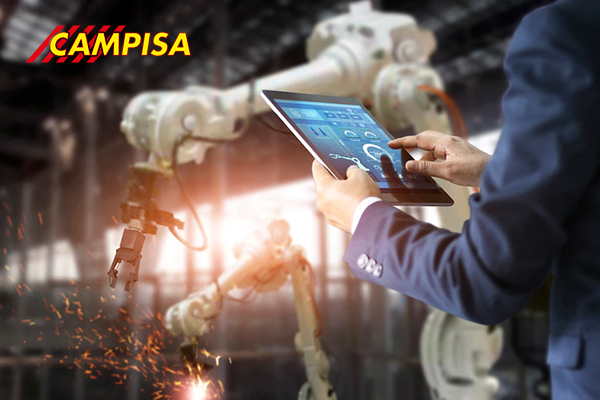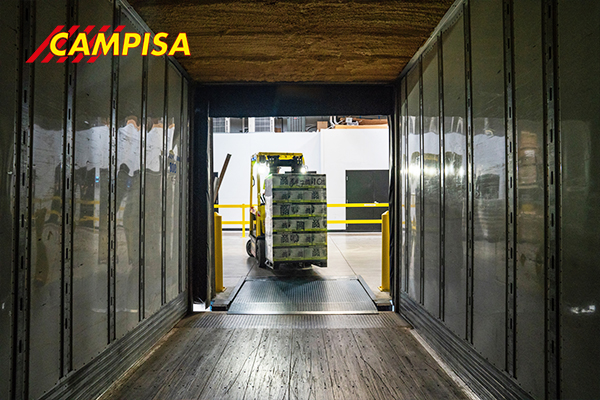Integrated logistics: what are the advantages?

In this new article on the Campisa blog, our technicians focus on the concept of integrated logistics, analysing its characteristics and the advantages of applying it in your company.
What is integrated logistics?
In the digital age, integrated logistics is the consequent evolution of traditional logistics; a true ecosystem in which information, data, skills and business tools converge that, in a company, are commonly far apart.
Warehouse management, order management and related documentation can be managed simultaneously with a single programme, provided that the company has achieved a sufficient degree of digitisation of management processes and beyond.
In order to ensure proper logistics organisation, there must also be a willingness on the part of the company, suppliers and collaborators to make the entire process as transparent as possible, to enable each element to communicate the operations performed and their status.
In this case, it will be possible to speak of integrated logistics, where all processes inside and outside the company converge optimally and simultaneously.

How does integrated logistics work and what are its advantages?
To summarise what has been said so far, we can define integrated logistics as a process that simplifies all business operations for the development of a project: from its production to its delivery to the end customer.
Let us give a concrete example of how integrated logistics works within a manufacturing company.
When a company receives an order, it is entered into the system and the CRM checks whether it can go into production. In the event that the necessary materials are missing, a request for the purchase of materials is signalled digitally.
The next step is the storage of the purchased material. When the goods arrive in the warehouse, the operators take care of scanning the individual components to record them in the system in real time.
When the management software verifies that the raw material is available again, it starts the production cycle, constantly monitoring each individual stage to check the progress of the order and that there are no delays or problems, which would be reported.
The process is completed with the final release of the product, its placement in the warehouse and shipment, via the loading bays, to the end customer.
In Campisa’s production department, an automatic warehouse system has been installed, capable of managing all stocks of accessories, spare parts and components for production through robotised software. This ensures greater control of the company’s stock, with improved logistics management.
This investment allows us to have the highest possible precision, in order to guarantee these advantages to the companies that choose Campisa’s range of branded products, ensuring: rapidity in production times and shipment with reduced costs.
Looking for a partner to maximise the performance of your logistics hub? Discover the advantages of relying on Campisa
Applying integrated logistics means having a functional and efficient logistics system.
Campisa has been servicing and supplying the best equipment for advanced logistics for 50 years: loading bays, sectional overhead doors, steel ramps and platforms for loading goods, and numerous innovative patents such as Fidelity®, for simplified management of ramps and sectional doors.
Request a consultation with one of our contacts today.
Together we will be able to create the logistics centre you desire.
Our Project Assistant department is at your disposal, to define step by step all the best solutions for your company. Contact us to find out more.



